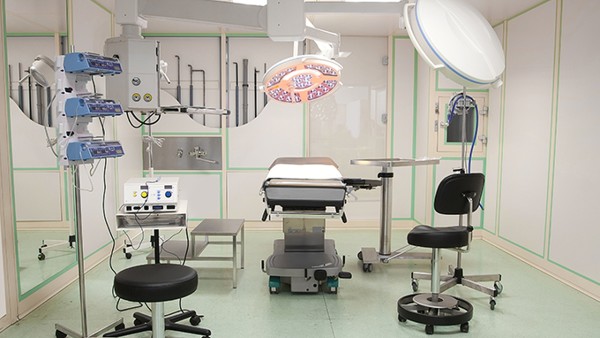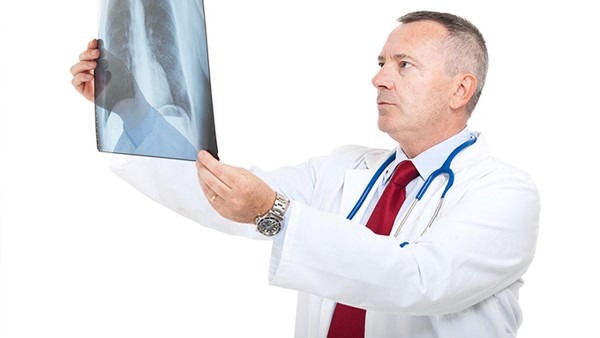How the Uterus Produces Powerful Contractions During Childbirth

Introduction
Childbirth, also known as labor, is a natural process that involves the rhythmic contractions of the uterus, the expulsion of the baby, and the delivery of the placenta. Uterine contractions play a crucial role in the birth process, as they help to open the cervix and push the baby through the birth c***.
Physiology of Uterine Contractions
The uterus is a muscular organ that consists of three layers: the perimetrium, myometrium, and endometrium. The myometrium is responsible for the contractions of the uterus, and it is made up of smooth muscle fibers arranged in three layers:
Inner longitudinal layer: Runs along the long axis of the uterus
Middle circular layer: Forms concentric rings around the uterus
Outer longitudinal layer: Runs along the long axis of the uterus, but opposite to the inner layer
During pregnancy, the uterus undergoes a series of changes that prepare it for childbirth. These changes include:
Increase in size: The uterus expands to accommodate the growing fetus, and its weight increases from about 50 grams to around 1,000 grams.
Increase in blood flow: The blood flow to the uterus increases to support the growth and development of the fetus.
Thickening of the myometrium: The smooth muscle fibers of the myometrium increase in thickness and number.
Increased sensitivity to oxytocin: Oxytocin is a hormone that triggers uterine contractions, and the uterus becomes more sensitive to oxytocin as pregnancy progresses.
Initiation of Labor
Labor typically begins when the fetus reaches full term, around 40 weeks of gestation. The exact mechanisms that trigger the onset of labor are not fully understood, but several factors are thought to play a role, including:
Fetal hormones: Hormones produced by the fetus, such as cortisol and corticotropin-releasing hormone (CRH), may stimulate the production of oxytocin.
Uterine distension: The stretching of the uterus as the fetus grows may stimulate the release of oxytocin.
Amniotic fluid: The release of amniotic fluid into the vagina may stimulate the production of prostaglandins, which are hormones that can trigger uterine contractions.
Phases of Labor
Labor is divided into three phases:
First stage: Begins with the onset of regular uterine contractions and ends with the complete dilation of the cervix (10 centimeters).
Second stage: Begins with the complete dilation of the cervix and ends with the delivery of the baby.
Third stage: Begins with the delivery of the baby and ends with the delivery of the placenta.
Uterine Contractions During Labor
During the first stage of labor, uterine contractions occur irregularly and gradually increase in intensity and duration. As labor progresses, the contractions become more frequent, stronger, and longer. The contractions help to dilate the cervix, which is the opening to the uterus.
In the second stage of labor, the contractions are at their peak intensity and duration. They help to push the baby down the birth c*** and out of the mother's body.
Hormonal Control of Uterine Contractions
Oxytocin is the primary hormone responsible for stimulating uterine contractions during labor. Oxytocin is produced by the hypothalamus and released from the pituitary gland into the bloodstream. Oxytocin binds to receptors on the smooth muscle cells of the myometrium, causing them to contract.
Other Factors Affecting Uterine Contractions
In addition to oxytocin, several other factors can affect the strength and duration of uterine contractions, including:
Prostaglandins: Prostaglandins are hormones that are produced by the uterus and placenta. They can stimulate uterine contractions and help to soften the cervix.
Endorphins: Endorphins are natural pain relievers that are produced by the body during labor. They can help to reduce the pain of contractions.
Epidural anesthesia: Epidural anesthesia can be used to block the pain of uterine contractions. However, it can also slow down labor and make it more difficult to push the baby out.
Conclusion
Uterine contractions are a powerful force that plays a crucial role in the birth process. The contractions help to open the cervix, push the baby down the birth c***, and deliver the placenta. The contractions are triggered by a complex interplay of hormones and other factors, and they are essential for a successful birth.
The above is all the content that the editor wants to share with you. I sincerely hope that these contents can bring some help to your life and health, and I also wish that your life will be happier and happier.
Topic: #uterus #produces #how- • How to keep the uterus young. Good work and rest habits are very important
- • Hysteroscopic curettage has 4 side effects on the uterus. Although the harm is s
- • What to do if the uterus is sticky after abortion and how to deal with it approp
- • Three categories of foods that protect the uterus. If you eat these every day, u















